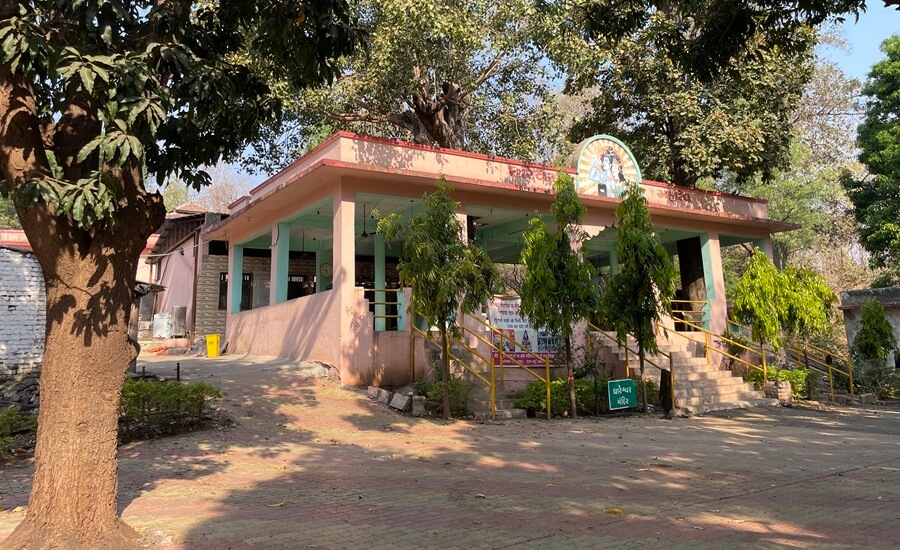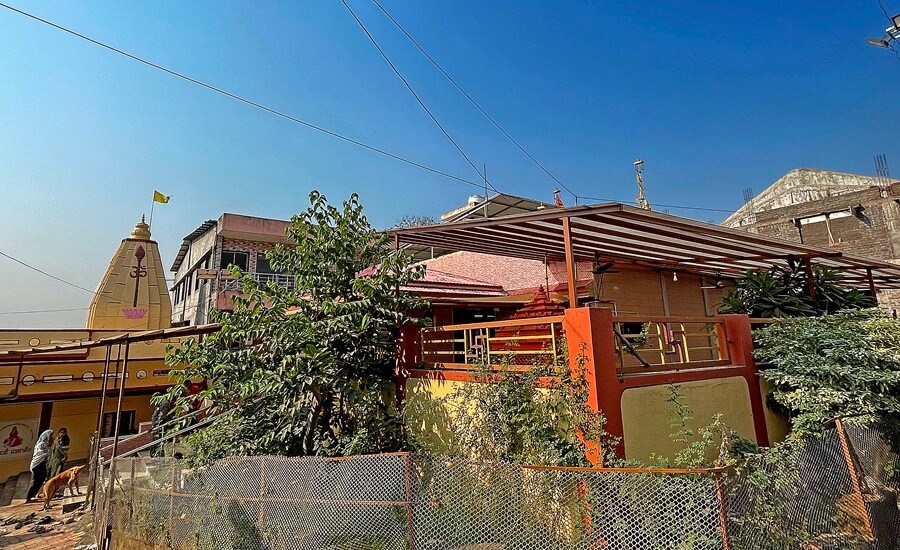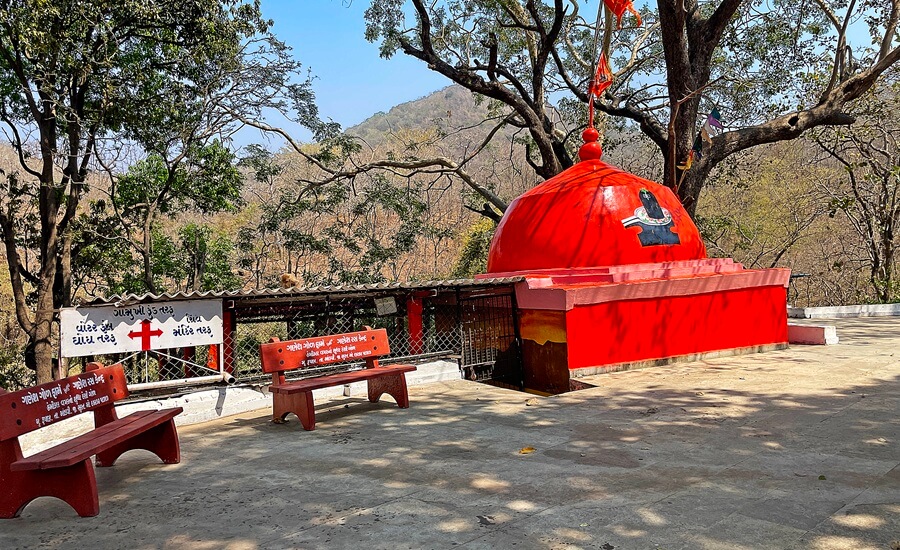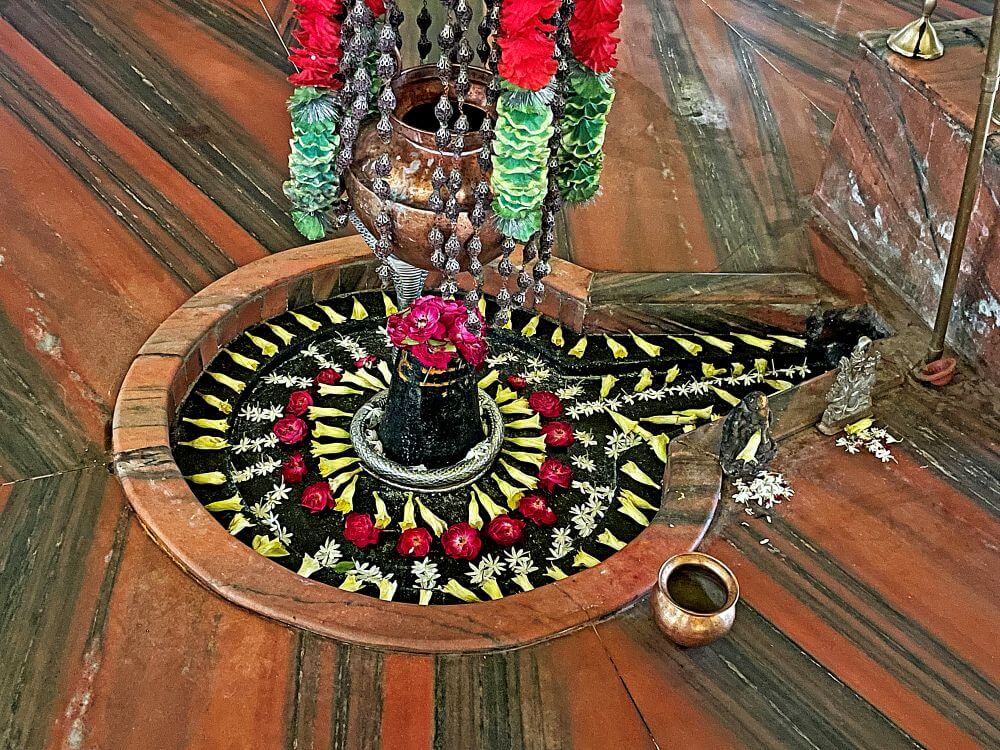
The Shivling at Silatvel is named ‘Suryatapeshwar Mahadev’ because the first rays of the sun directly touch the Shivling. This temple and its Shivling are referenced in various mythological texts, including the Tapi Purana. It is believed that this place is a tapobhumi (place of penance) of Rishi Shringi, who is said to have installed the Shivling here.
According to Valmiki’s Ramayana, Sage Rishyashringa conducted the Putrakameshti Yajna, performed to bless King Dasharatha with children. Devotees strongly believe that worshipping this Shivling established by Rishyashringa fulfills the desire to have children. Therefore, numerous devotees visit this temple to perform rituals for offspring.
Sage Rishyashringa is mentioned in the Ramayana, Mahabharata and Narmada Purana. 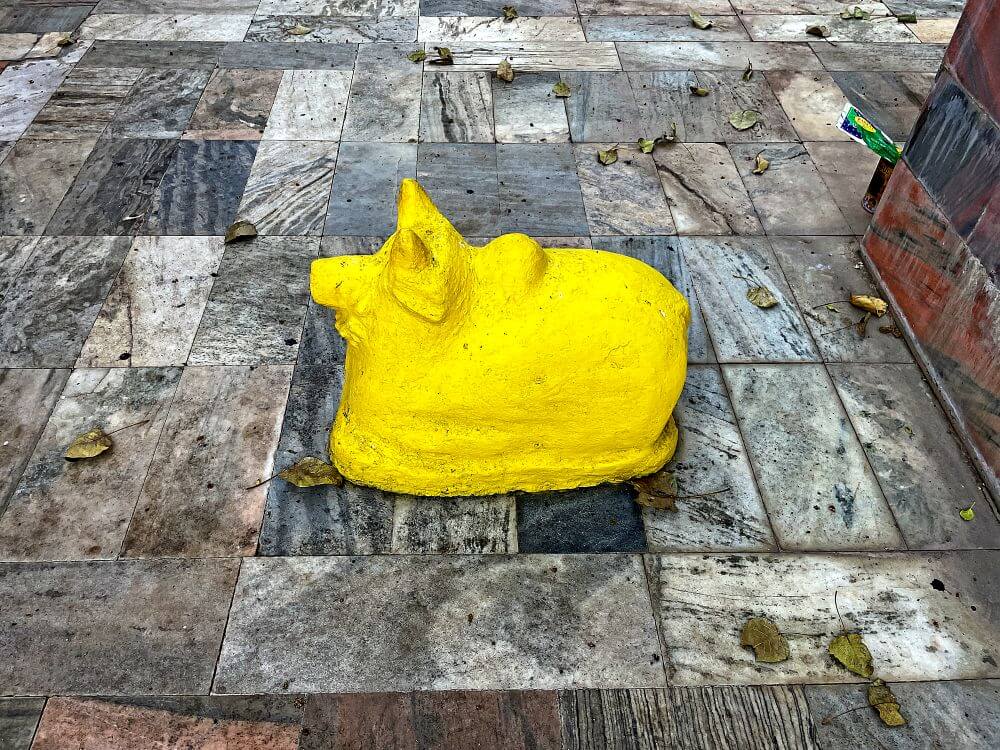 In the Bala Kanda of Valmiki’s Ramayana (Sargas 8 to 15), Rishyashringa’s story and the yajna performed by him are elaborated. Sarga 10 narrates Rishyashringa’s introduction, “Pita vibhandakosmakam tasyaham sut aurasaha । Rishyashringa iti khyatam naam karma ch me bhuvi ।।” It means – ‘My father’s name is Sage Vibhandaka. I am his legitimate son named Rishyashringa, renowned on earth for my austerities.’
In the Bala Kanda of Valmiki’s Ramayana (Sargas 8 to 15), Rishyashringa’s story and the yajna performed by him are elaborated. Sarga 10 narrates Rishyashringa’s introduction, “Pita vibhandakosmakam tasyaham sut aurasaha । Rishyashringa iti khyatam naam karma ch me bhuvi ।।” It means – ‘My father’s name is Sage Vibhandaka. I am his legitimate son named Rishyashringa, renowned on earth for my austerities.’
According to mythological tales, Rishi Shringi was born in a village called Singalkhand near Surya Tapeshwar Temple. The story goes that Indra sent Urvashi to disrupt his penance out of fear that Vibhandaka’s penance would shake his throne.
While Vibhandaka was bathing in the river, Urvashi approached him. 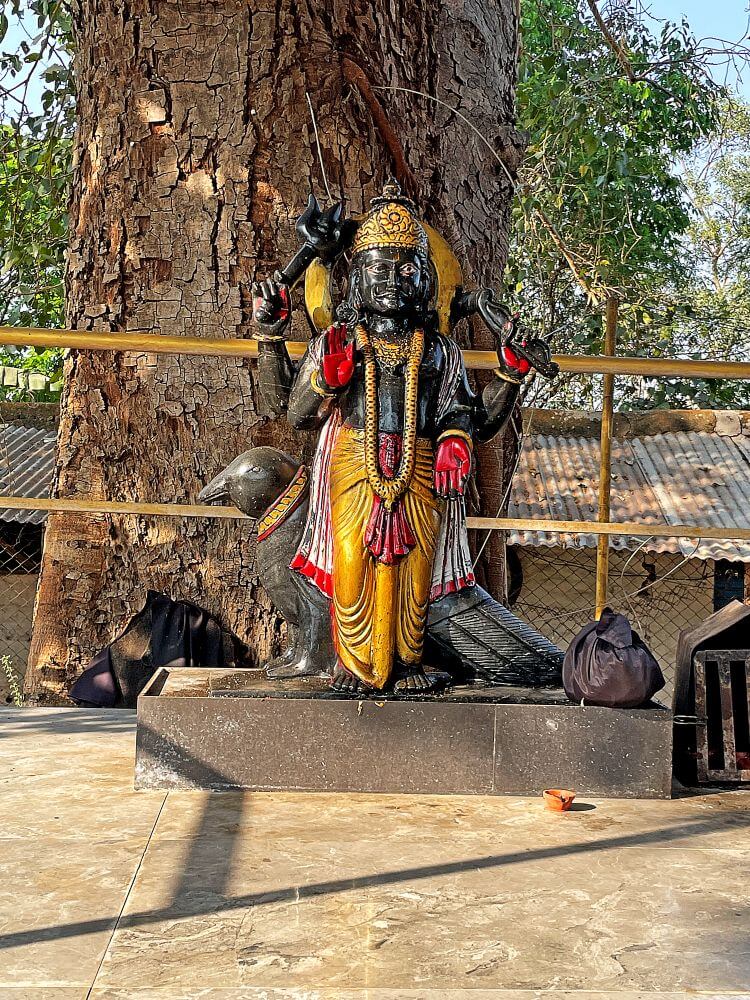 Seeing her beauty caused Vibhandaka to lose his semen, which fell into the river. A cursed celestial maiden in the form of a deer drank that water and became pregnant, giving birth to a child with a horn-like protrusion on his forehead, hence named Shringi. According to Valmiki Ramayana, Rishi Shringi lived in the forest. To invite Rishyashringa to Ayodhya for performing a yajna, the ministers of King Dasharatha advised that courtesans should be sent to bring him. (एवमंगाधिपेनैव गणिकाभिर्ऋषेः सुतः ।– Evam angādhipenaiva gaṇikābhir ṛṣeḥ sutaḥ” – Bala Kanda, Sarga 10, Shloka 18). These courtesans were to enchant him. Once he was captivated, he was to be brought to the kingdom of Angadesh. There, he was to be married to Shanta, King Dasharatha’s daughter (and the adopted daughter of Romapada, the king of Angadesh). This plan was carried out accordingly. Afterward, Sage Rishyashringa was brought to Ayodhya along with his wife. There, he performed the Ashwamedha and Putrakameshti yajnas. As a result of the Putrakameshti yajna, King Dasharatha was blessed with four sons. Hence, many people visit this temple with the desire to be blessed with children.
Seeing her beauty caused Vibhandaka to lose his semen, which fell into the river. A cursed celestial maiden in the form of a deer drank that water and became pregnant, giving birth to a child with a horn-like protrusion on his forehead, hence named Shringi. According to Valmiki Ramayana, Rishi Shringi lived in the forest. To invite Rishyashringa to Ayodhya for performing a yajna, the ministers of King Dasharatha advised that courtesans should be sent to bring him. (एवमंगाधिपेनैव गणिकाभिर्ऋषेः सुतः ।– Evam angādhipenaiva gaṇikābhir ṛṣeḥ sutaḥ” – Bala Kanda, Sarga 10, Shloka 18). These courtesans were to enchant him. Once he was captivated, he was to be brought to the kingdom of Angadesh. There, he was to be married to Shanta, King Dasharatha’s daughter (and the adopted daughter of Romapada, the king of Angadesh). This plan was carried out accordingly. Afterward, Sage Rishyashringa was brought to Ayodhya along with his wife. There, he performed the Ashwamedha and Putrakameshti yajnas. As a result of the Putrakameshti yajna, King Dasharatha was blessed with four sons. Hence, many people visit this temple with the desire to be blessed with children.
Nestled amidst nature, this temple is situated within a large compound surrounded by high walls. Upon entering through the archway, one encounters a spacious courtyard filled with ancient trees. Near one tree stands a tall platform dedicated to Lord Shani (Saturn), featuring a four-armed idol carved from black stone in an abhay (fearless) and varada (boon-giving) mudra. 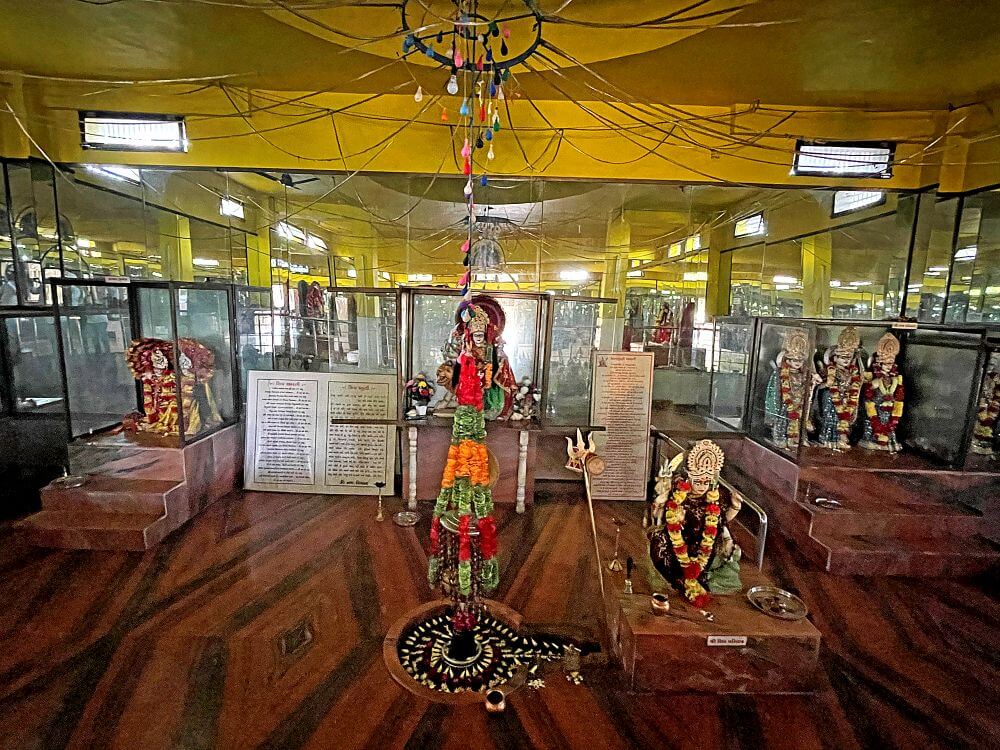 The idol is adorned with a crown made of pitasambhar (a type of cloth) and jewelry. Behind it is an image of a crow representing Shani’s vehicle.
The idol is adorned with a crown made of pitasambhar (a type of cloth) and jewelry. Behind it is an image of a crow representing Shani’s vehicle.
The temple structure consists of an assembly hall (sabhamandap) and a sanctorum (garbhagriha). The ceiling of the assembly hall features three large canopies; at its center sits an idol of Surya Narayan on a chariot drawn by two horses. Above the entrance to the assembly hall stands an idol of Rishi Shringi in a blessing posture. On either side of the entrance are idols of Bhhringi and Shrungi (referred to as Nandi here), attendants of Lord Shiva depicted in battle stances with shields and staffs.
A unique feature of the temple is its mirror-adorned interior walls. Upon entering the assembly hall from the left side, one can see an idol of Ganesha in a glass cabinet next to an idol of Bharat Mata on a tall marble platform with a lion statue behind it. 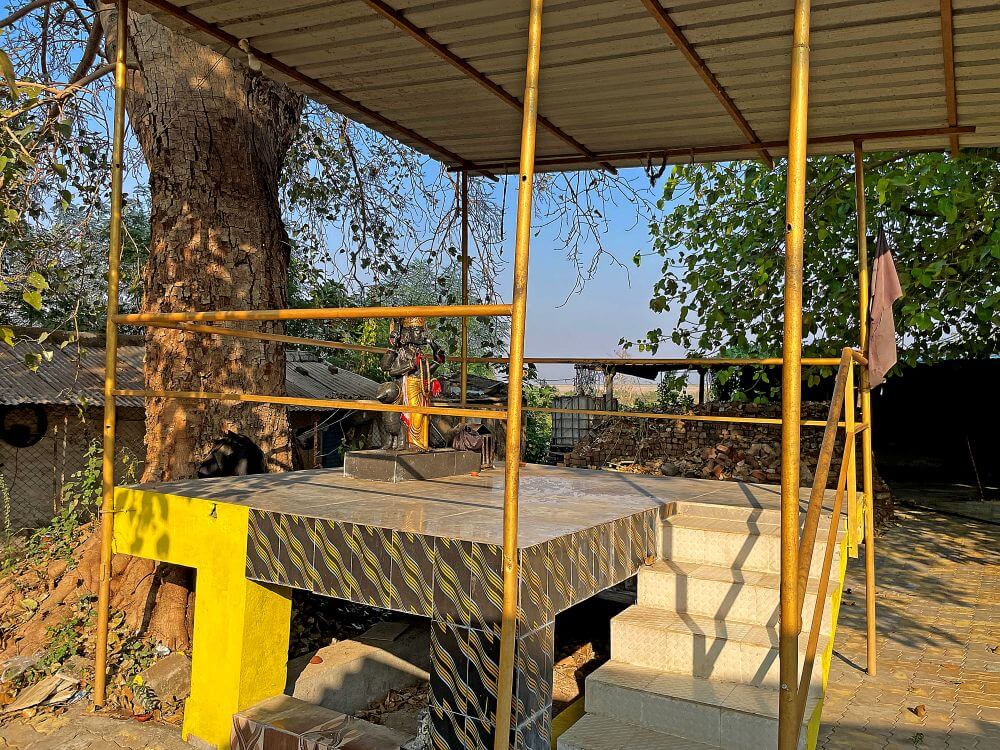 Nearby is also an image of Shri Vishakha Sharana Maharaj from Vrindavan and another tall idol of Sapta Shringi Devi adorned with sixteen arms.
Nearby is also an image of Shri Vishakha Sharana Maharaj from Vrindavan and another tall idol of Sapta Shringi Devi adorned with sixteen arms.
The sanctum sanctorum is open-fronted and can be accessed by descending three steps. Inside lies the Shivlinga of Surya Tapeshwar Mahadev with a snake canopy above it; abhishekam is performed through holes in this canopy onto the Shivlinga below. Next to it on another platform is an idol of Goddess Parvati. Behind it stands a marble idol of Durga seated on a lion. To her left are glass cabinets housing idols of Radha-Krishna and Shri Ram.
The temple’s sanctum features a pyramid-shaped, Urushrung-style shikhara (spire), topped with a smaller dome (amalak) and pinnacle (kalash). Devotees believe that this living Shivling fulfills all wishes upon sighting it. Many come here seeking blessings for children. Every Monday sees hundreds visiting this temple for worship. Various religious events are organized throughout the year, especially during Maha Shivaratri when special ceremonies take place. Every Monday during Shravan month also witnesses significant crowds.
